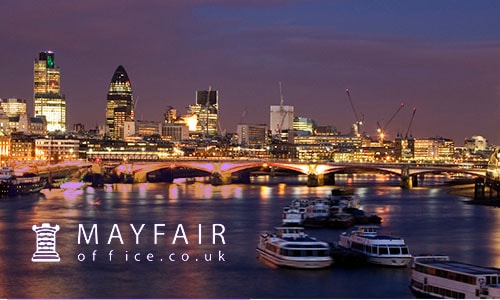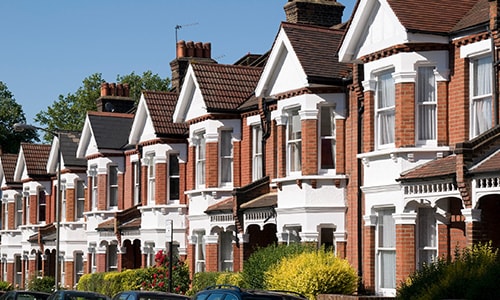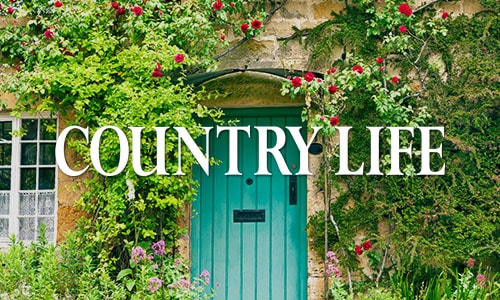Buying a Listed Property
One of Britain’s finest national assets is its priceless heritage of important buildings, from castles, mansions and cottages to Art Deco factories and Victorian railway stations – even certain telephone boxes and public lavatories have their valued place in the built environment.
Historic buildings are a precious reminder of the work and way of life of earlier generations and are part of the British national and regional identity. Scotland and Northern Ireland have their own procedures, but in England, English Heritage has the task of identifying and protecting this important inheritance. They do this is by listing - recommending buildings for inclusion on statutory lists of buildings of 'special architectural or historic interest' compiled by the Secretary of State for Culture, Media and Sport.
Buildings can be listed because of age, rarity, architectural merit, and method of construction. Occasionally a building is selected because it has played a part in the life of a famous person, or as the scene for an important event. An interesting group of buildings - such as a model village or a square - may also be listed.
According to its relative importance each listed building is given a grade to show its particular architectural or historic interest. Grade I buildings are of exceptional interest, Grade II* are particularly important buildings of more than special interest and Grade II are of special interest, warranting every effort to preserve them.
Listing currently protects 500,000 or so buildings, of which the majority - over 90% - are Grade II.
The older a building is, the more likely it is to be listed. All buildings built before 1700 which survive in anything like their original condition are listed, as are most built between 1700 and 1840. After that date the criteria become tighter with time, so that post-1945 buildings have to be exceptionally important to be listed.
Does a special listing improve the value of a property? Not really. A property worthy of listing has an inherent value that isn’t increased because it has been formally recognised.
Some owners and occupiers of listed property will occasionally admit that having their home listed is not always a good thing. Listing ensures that the architectural and historic interest of the building is carefully considered before any alterations, either outside or inside, are agreed. Altering or demolishing a listed building without consent can attract heavy penalties. In addition to the cost of putting things back as they were, the penalty for unauthorised alteration or demolition of a listed building, from a Magistrate’s Court, is up to 6 months in prison and/or a fine of up to £20,000. From the Crown Court this can be up to 2 years in prison and/or an unlimited fine.
When buying a listed property it is best before purchase to check exactly what may and may not be done. It is a rare buyer who is happy to leave a recently-bought house exactly as the previous occupants left it, so a word with a chartered surveyor or with the local planning office first can save a great deal of money and upset, not to mention a spell in a prison which, ironically, if it is old enough may itself be listed.
But despite the duty of an owner or occupier to help protect the integrity of a listed building it is a small price to pay for the pleasure that such a property can give, not only to its occupant, but also to countless passers by.












